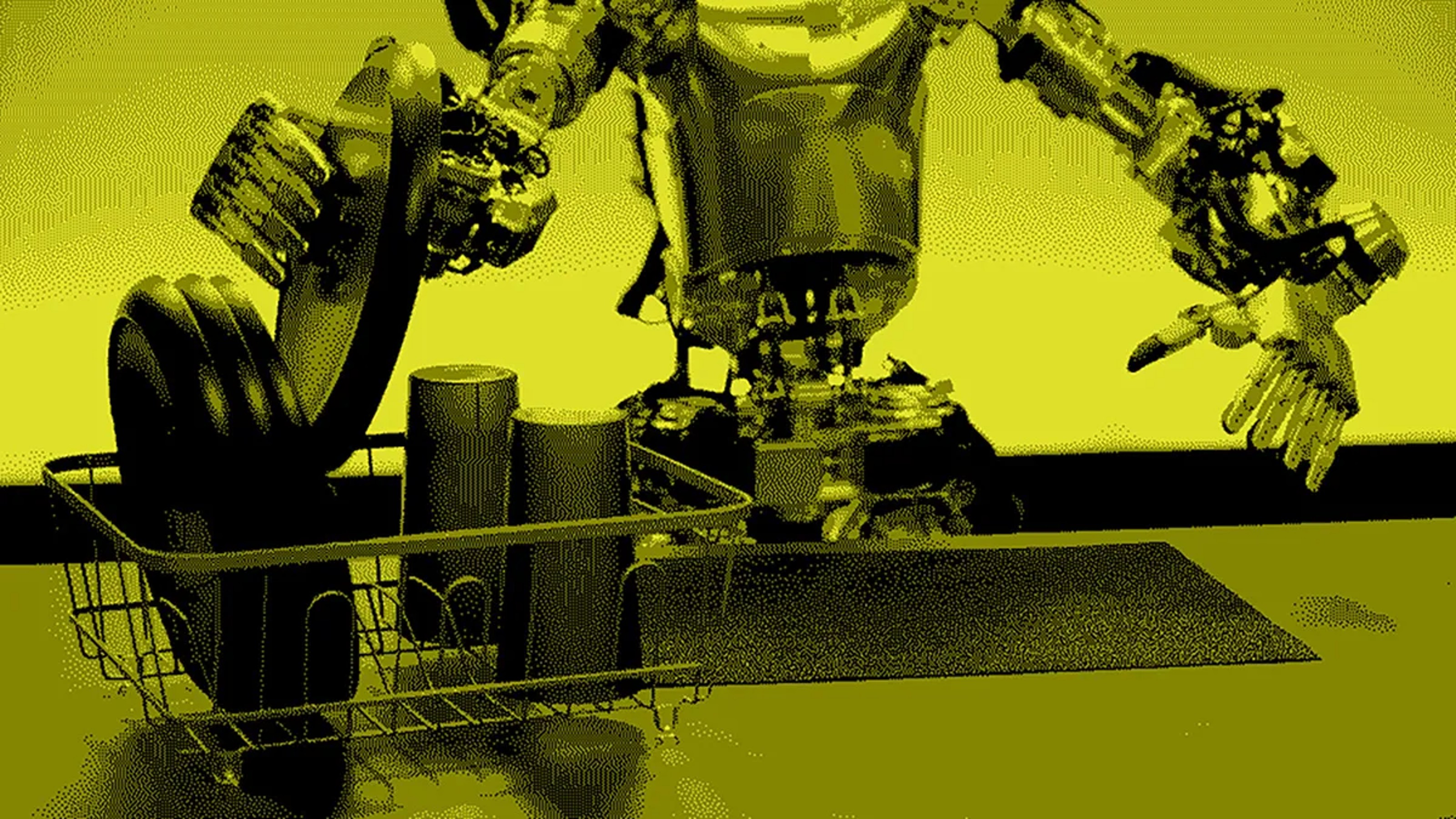Spot, Boston Dynamics’ robot dog, is finally for sale

Boston Dynamics
- Spot is a quadruped robot that uses a suite of sensors to navigate tough terrain.
- Although it can perform actions autonomously, the robot requires a human operator to complete more complex tasks.
- The consumer robot market is expected to grow by $30 billion over the next several years.
You might have seen Spot — the four-legged, semi-autonomous robot designed by Boston Dynamics — in video clips dancing to Bruno Mars or hauling a truck across a parking lot. Or maybe you recognize the robot dog from that one very disturbing post-apocalyptic episode of “Black Mirror”.
Now, a handful of people will see Spot when they go to work: Boston Dynamics has begun leasing Spot to select companies who could benefit from having a robot helper in the field.
“Early customers are already testing Spot to monitor construction sites, provide remote inspection at gas, oil and power installations, and in public safety,” Boston Dynamics said in the description of a new video posted to YouTube.
Spot is able to navigate rough terrain and self-right itself after falling, and companies have the option to install different modules onto the robot: a methane detector, mesh radio module, a robotic claw, and a LIDAR rig. Spot’s other specs include:
- Top speed: 3 mph
- Average runtime: 90 minutes
- Carrying capacity: 30 pounds
Still, Spot isn’t close to being fully autonomous, and completing more complex tasks, like opening a door, requires a human operator with a controller. But the robot can perform some tasks autonomously, such as retracing its steps through a worksite after a human has already guided it through the site.
There’s also the undeniable fact that — despite its dancing skills and vaguely dog-like appearance — Spot is kind of creepy and uncanny; it moves precisely, unnaturally, and its canine frame suddenly freezes when it’s no longer needed. But uncanniness aside, Boston Dynamics said safety is a priority, and Spot is currently only used in closed, controlled spaces.
“Fundamentally, we don’t want to see Spot doing anything that harms people, even in a simulated way,” Michael Perry, VP of business development at Boston Dynamics, told The Verge. “That’s something we’re pretty firm on when we talk to customers.”
However, one concern is that Spot wasn’t really designed to recognize and interpret specific things in its environment — most notably, humans. So, while Spot is able to navigate rough terrain with exceptional skill, it likely sees humans as just another obstacle on its map.
“Boston Dynamics has always been strong in mechanics and controls, like being able to shift the robot’s weight properly,” Henny Admoni, who works on Human-Robot interaction at Carnegie Mellon University, told The Verge. “But robots operating in human environments won’t really have the option of avoiding humans. Integrating Human-Robot Interaction skills into development at an early stage is probably going to lead to greater success than trying to retrofit human interaction into existing systems.”
It’s still unclear exactly how much it costs to lease Spot, but Boston Dynamics told CNET:
“Our general guidance is that the total cost of the early adopter program lease will be less than the price of a car — but how nice a car will depend on the number of Spots leased and how long the customer will be leasing the robot.”
In terms of dog-like robots, Spot is in many ways the opposite of Aibo, a series developed by Sony since 1999. Unlike Spot, Aibo is designed to be a robotic companion, and many owners say it’s not that far off from owning a real dog. The most recent model, ERS-1000, grows smarter over time and actually changes its attitude and level of affection based on the positive or negative reinforcement you show it.
By 2022, the global consumer robot market is projected to grow from $3.8 billion to $34.1 billion, according to a report by research firm P&S Intelligence. The report predicts companion robots like Aibo will be the fastest growing category.





